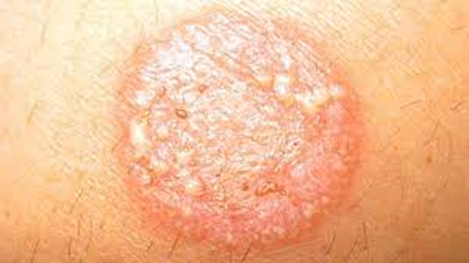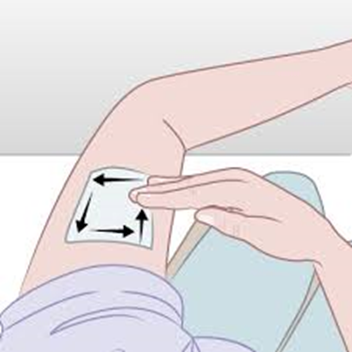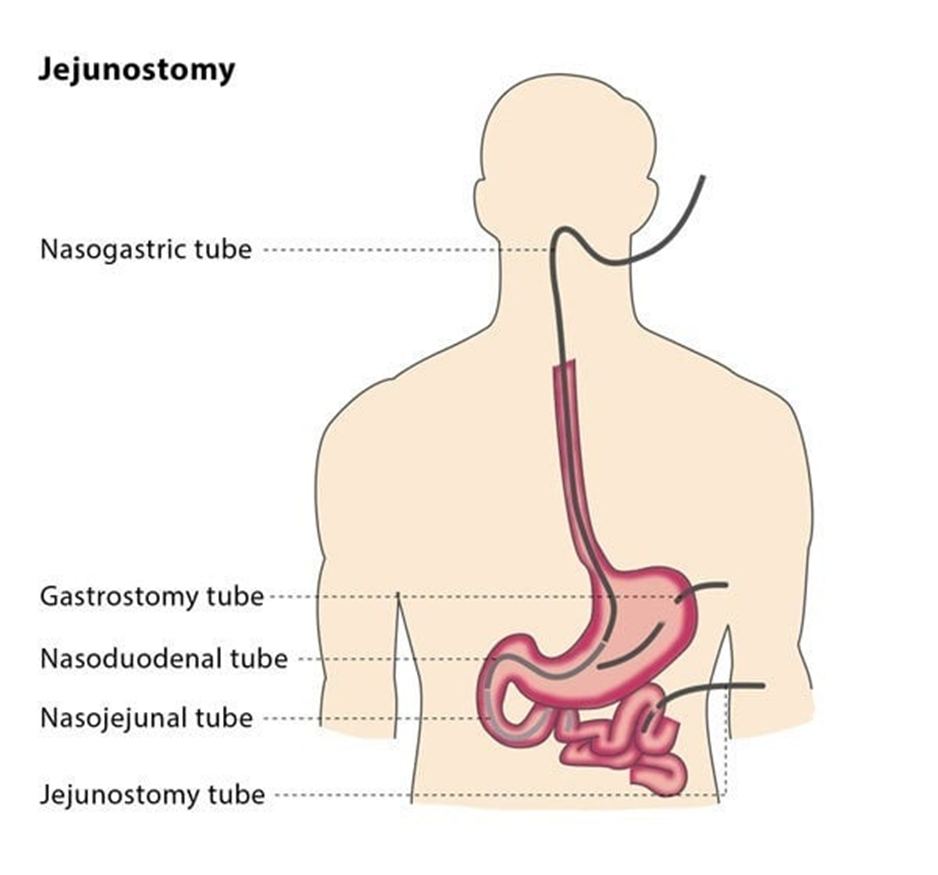A nurse is reinforcing teaching about the care of a client who has tinea corporis with a newly licensed nurse. Which of the following should the nurse include in the teaching?
Place on airborne precautions.
Avoid direct contact.
Isolate for 24 hr. after lesions appear.
Administer a broad-spectrum antibiotic.
The Correct Answer is B
Choice A Reason:
Place on airborne precautions. This is incorrect. Tinea corporis isn't transmitted through the air. Airborne precautions are specific infection control measures for diseases transmitted through airborne particles, like tuberculosis or measles, which are caused by specific bacteria or viruses.
Choice B Reason:
Avoid direct contact is correct. Direct contact is a crucial precaution to prevent the spread of tinea corporis. It's a contagious infection, often transmitted through skin-to-skin contact or by sharing contaminated items such as clothing, towels, or bedding. Encouraging precautions like not sharing personal items and avoiding direct skin contact helps prevent the spread of the infection to others.
Choice C Reason:
Isolate for 24 hr. after lesions appear is incorrect. While it's essential to take precautions to prevent spread, isolating for only 24 hours after lesions appear might not be sufficient. The infection can remain contagious until it's effectively treated and lesions have resolved. More extended isolation or precautions might be necessary until the infection is no longer transmissible.
Choice D Reason:
Administer a broad-spectrum antibiotic is incorrect. Tinea corporis is a fungal infection, not a bacterial one, so antibiotics would not be effective against it. Antifungal medications, such as topical or oral antifungals, are the primary treatment for tinea corporis. Using an antibiotic would not treat the fungal infection and might lead to inappropriate medication use.

Nursing Test Bank
Naxlex Comprehensive Predictor Exams
Related Questions
Correct Answer is C
Explanation
Choice A Reason:
Informing the client of the adverse effect of diarrhea is less common with clonidine use, especially in comparison to other side effects like dry mouth or skin irritation.
Choice B Reason:
Monitoring for weight loss isn't a primary concern specifically associated with transdermal clonidine use.
Choice C Reason:
Advise the client about increased dry mouth. Dry mouth is a common adverse effect of clonidine, including the transdermal form. Patients should be informed about this so they can manage it effectively, for example, by drinking plenty of water or using sugar-free gum or candy to stimulate saliva production.
Choice D Reason:
Hypopigmentation is not a commonly reported issue with transdermal clonidine patches. However, local skin irritation or rash can occur at the site of the patch.

Correct Answer is A
Explanation
A. Elevate the head of the client's bed for 1 hr after the feeding:Elevating the head of the bed helps prevent aspiration and promotes proper digestion by using gravity to keep the feeding solution in the stomach or jejunum.
B. Administer the feeding solution at a cold temperature: Feeding solutions should be administered at room temperature to prevent gastrointestinal discomfort or cramping.
C. Rotate the jejunostomy tube once per day:
Rotation of the jejunostomy tube is not a standard practice. Jejunostomy tubes are typically secured in place, and rotation is not necessary.
D. Flush the tube with 90mL of sterile water before and after the feeding:
Typically, the tube is flushed with about 30 mL of water before and after feedings to ensure patency and prevent clogging, not 90 mL.

Whether you are a student looking to ace your exams or a practicing nurse seeking to enhance your expertise , our nursing education contents will empower you with the confidence and competence to make a difference in the lives of patients and become a respected leader in the healthcare field.
Visit Naxlex, invest in your future and unlock endless possibilities with our unparalleled nursing education contents today
Report Wrong Answer on the Current Question
Do you disagree with the answer? If yes, what is your expected answer? Explain.
Kindly be descriptive with the issue you are facing.
